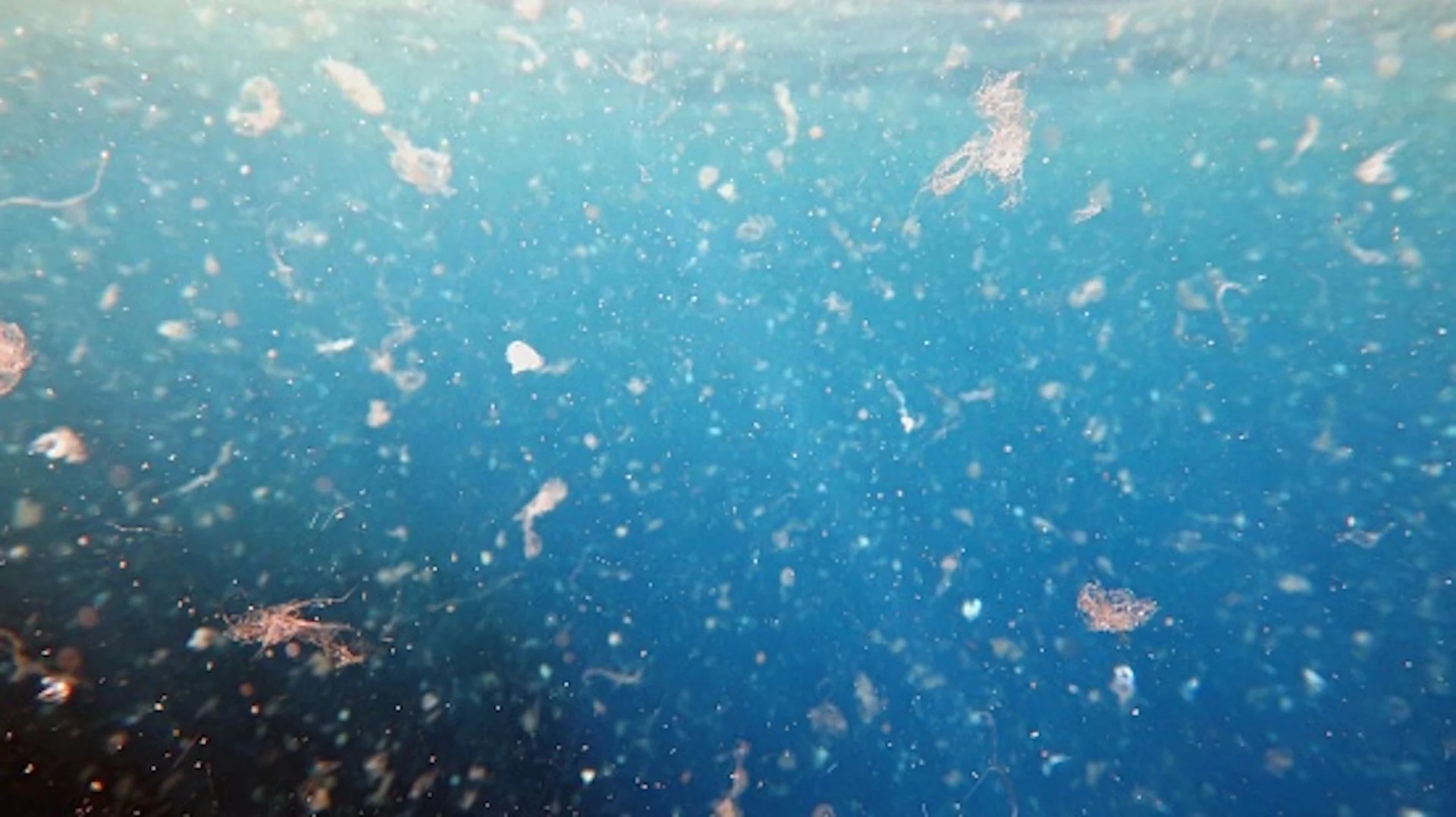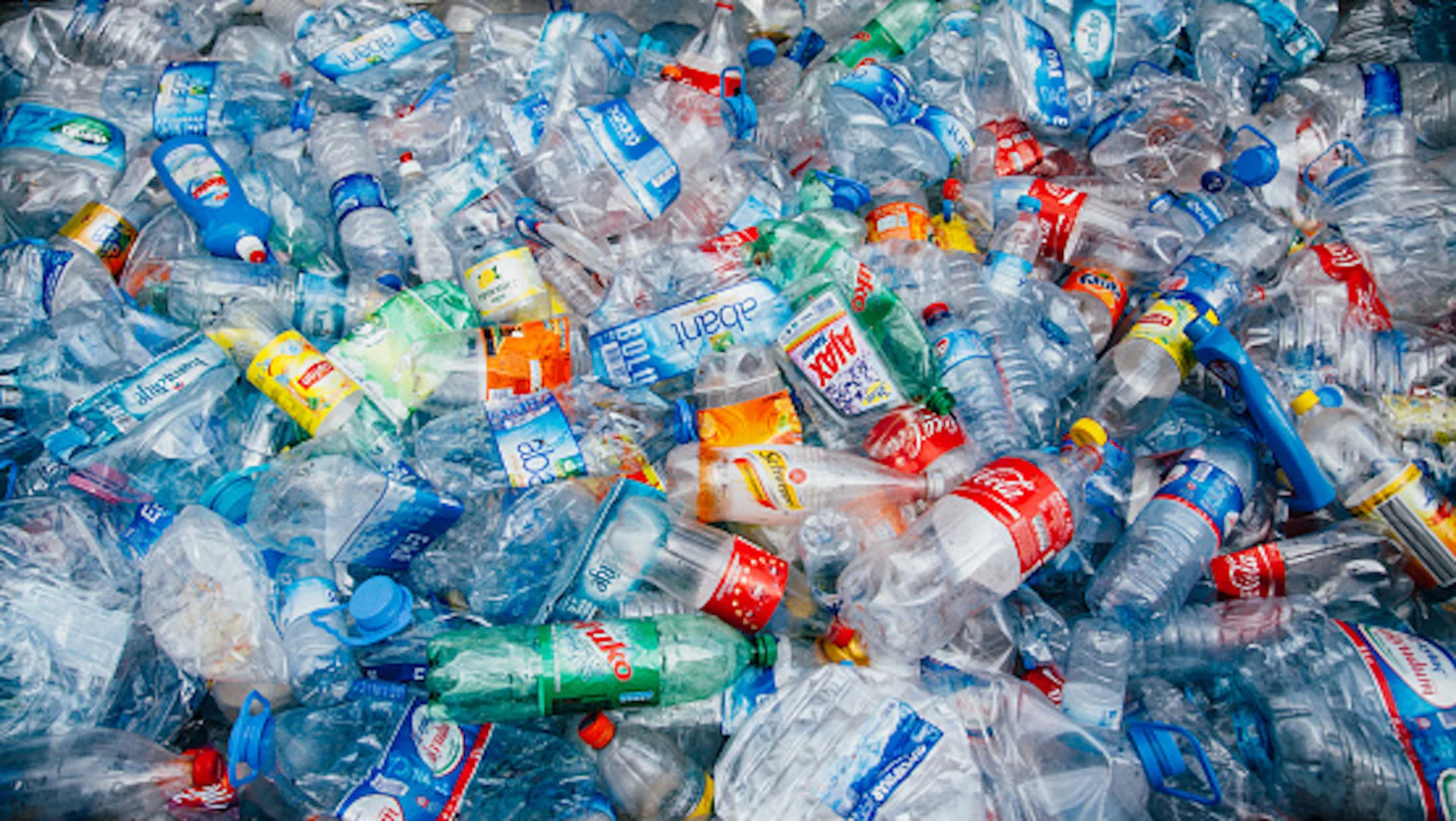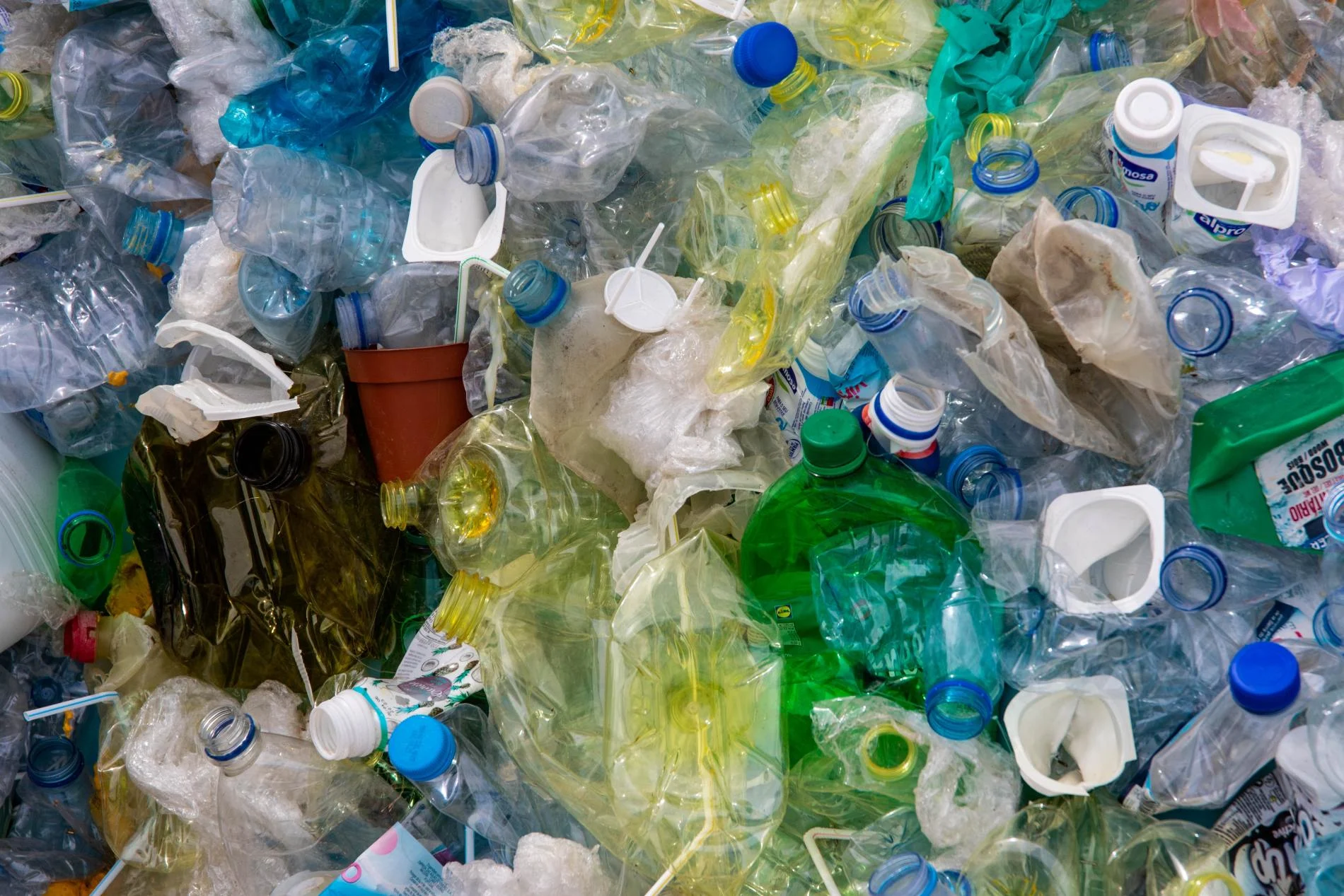
What are microplastics doing to human health? Scientists work to connect dots
Plastic serves as a building block for our food packaging, water pipes, rubber tires and synthetic fabrics. But plastic also litters waterways, soil and air so humans and other animals wind up taking in tiny versions with unknown consequences.
People unknowingly ingest microplastics from what we eat, drink and breathe. Some scientists fear exposure to microplastics could increase vulnerability to heart disease, cancer and other illnesses. They're working to connect the dots between microplastics and any health hazards.
RELATED: As plastic treaty talks open, countries more divided than ever
At this week's United Nations' global summit on plastic pollution in Ottawa, delegates are working toward a treaty to address plastics from production to use and disposal.
Dr. Leonardo Trasande directs the NYU Langone Center for the Investigation of Environmental Hazards and is attending the meeting in Ottawa. Trasande became interested in the hormone hacking or endocrine disrupting properties of plastics when he was resident in pediatrics and seeing patients with diabetes.
"Microplastics are in many ways a harbinger of the much bigger problem," Trasande said.

(Getty Images/Sansert Sangsakawrat/1393825220-170667a)
While possible links between microplastics and illnesses like Type 2 diabetes are not definitive, researchers are exploring some concerning hints.
What are microplastics?
Most plastics aren't recycled and last for decades. When something made of plastic does break down, it fragments into small bits known as microplastics that can pollute and build up in the environment and leach chemicals.
Scientists categorize degraded plastic waste products by size. Microplastics are tiny particles less than than five millimetres in diameter, or about the size of a sesame seed.
Nanoplastics are flecks too small to be noticed by the human eye with diameters of less than a billionth of a meter or a nanometer. By comparison, a sphere with a diameter of one nanometre is as small relative to a softball as a softball is to the Earth.
Sources of microplastics range from the microbeads used in cosmetic and personal care products to lentil-sized plastic pellets also known as nurdles.

(Getty Images/Sami Sert/629554844-170667a)
Plastic production is on track to triple by 2060, according to the Organisation for Economic Co-operation and Development, unless the treaty sets production limits, as some have proposed.
Microplastics and heart damage
Last month, researchers writing in the New England Journal of Medicine using special microscopy techniques found microplastic and nanoplastic chemicals in the plaque lining arteries.
In the observational study of more than 250 patients who were having tests for carotid artery disease, finding polyethylene in their plaque was associated with heart problems compared with those without having any plastics detected. This type of study can't show whether the tiny plastics caused the heart problems, just associations.
"We've done studies documenting that 50,000 Americans die each year from heart disease due to phthalates, for example, which is frighteningly consistent with the findings of microplastics and linkages to coronary artery disease," Trasande said.
The microplastics go along for the ride, transmitting chemicals that have been found in the urine of people and linked to a variety of diseases, he noted.
We're only beginning to see the tip of the iceberg when it comes to the health effects of microplastics, said Dick Vethaak, an emeritus professor of ecotoxicology at VU University Amsterdam who started and co-leads the Dutch Momentum Consortium on Microplastics and Health.
Recent studies report finding microplastics and nanoplastics (MNP) in blood as well as in the liver, kidney, placenta and arteries.
"This makes me conclude that MNPs will likely affect our health," Vethaak said in an email. "However, the extent of that impact is still unknown."
Researchers say to uncover the answers they need to answer several questions, including:
How much plastic is in the body?
Where does the plastic go?
Do the plastic particles trigger or connect to responses leading to serious diseases?

(Magda Ehlers/Pexels)
Part of the challenge to finding answers is that the studies have mostly been done on cells or animals like mice, which often don't equate to human health impacts in medical research. Complicating matters, microplastics also move and build up in the body, which could unknowingly be contributing to chronic illnesses.
Factors like diet could also affect their human health impacts.
Population studies needed
Plastics range in shape from spheres to fibres, with chemical compositions that include a wide array of compounds.
Vethaak said that's why scientists need reference models and analytical tools to reflect degraded microplastics in the environment, rather than the virgin plastics from petrochemicals that have been studied so far.
Vethaak notes many diseases affecting the gastrointestinal tract, immune system, cardiovascular system, brain and reproductive organs in recent decades aren't fully explained. But the observational studies can't show whether microplastics and nanoplastics caused a condition or exacerbated it.
In one study from 2000, post-mortems on 29 patients with knee or hip replacement implants found mostly low levels of polyethylene nanoparticles in lymph nodes or organs.
To shed light on the health impacts of microplastics more conclusively, scientists aim to do experiments such as removing all sources of plastics from a family's household to check for the effects. Following populations of people over longer periods would also help.
Trasande calls for people to take a broader perspective on plastic pollution, including microplastics and nanoplastics.
"We need to reduce plastic production because that will drive chemical exposures like we found in plastics and in people and that contribute to disease and disability across the lifespan and cost society substantially."
The talks wrap on Monday. The final meeting aiming for a global treaty on plastic pollution is scheduled for the fall in South Korea.
WATCH: Global plastics treaty: Ottawa hosts event to curb plastic pollution this April
Thumbnail courtesy of Getty Images/Tunatura/1036767280-170667a.
The story was originally written by Amina Zafar and published for CBC News. It contains files from Reuters.










